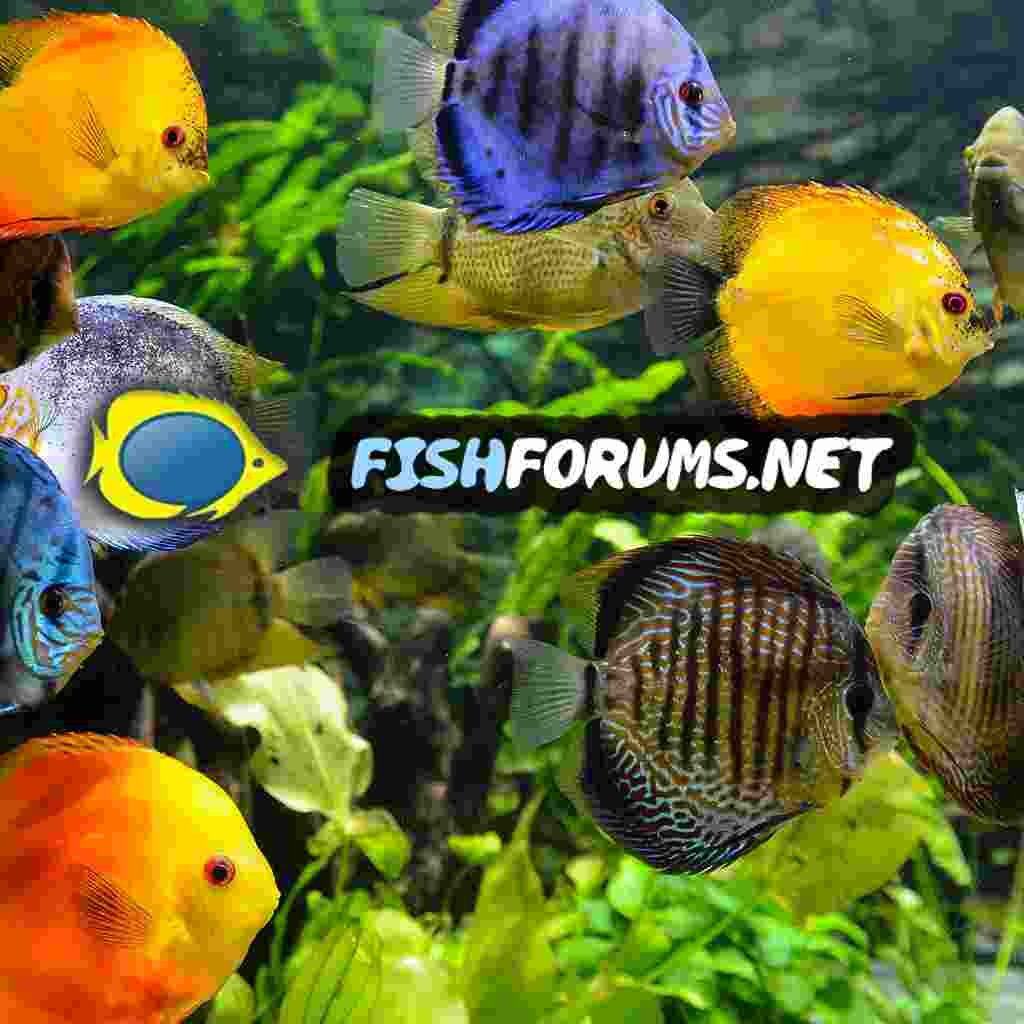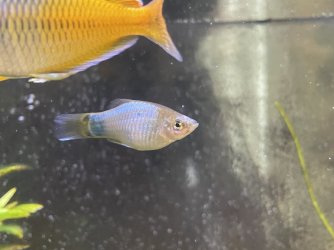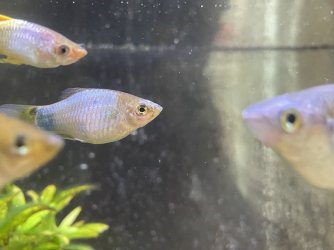FishFriend0
Fish Fanatic
A few weeks ago I added some Waterlife Myxazin because I suspected columnaris bacteria.
You can read more about it on this thread:

 www.fishforums.net
www.fishforums.net
I euthanised the fish with the rotting tail as it did not move for multiple days and most of the tail was rotted.
Another smaller platy died although for a little while it looked like the symptoms were improving.
A third platy has developed a white spot on its face which I am not sure is linked
This morning I looked at the tank and saw a guppy gasping by the filter intake. This came out of the blue as there were no symptoms before. If anybody knows any other meds I could use or what could be happening please let me know.
You can read more about it on this thread:
Platies dying.
A couple of months ago one of my platys was staying at the surface and gasping for air. It did this for quite a few weeks until one day. I arrived back from short holiday to see some family over Christmas and when I returned, it looked bloated and was floating. It did not really swim down for...
 www.fishforums.net
www.fishforums.net
I euthanised the fish with the rotting tail as it did not move for multiple days and most of the tail was rotted.
Another smaller platy died although for a little while it looked like the symptoms were improving.
A third platy has developed a white spot on its face which I am not sure is linked
This morning I looked at the tank and saw a guppy gasping by the filter intake. This came out of the blue as there were no symptoms before. If anybody knows any other meds I could use or what could be happening please let me know.



